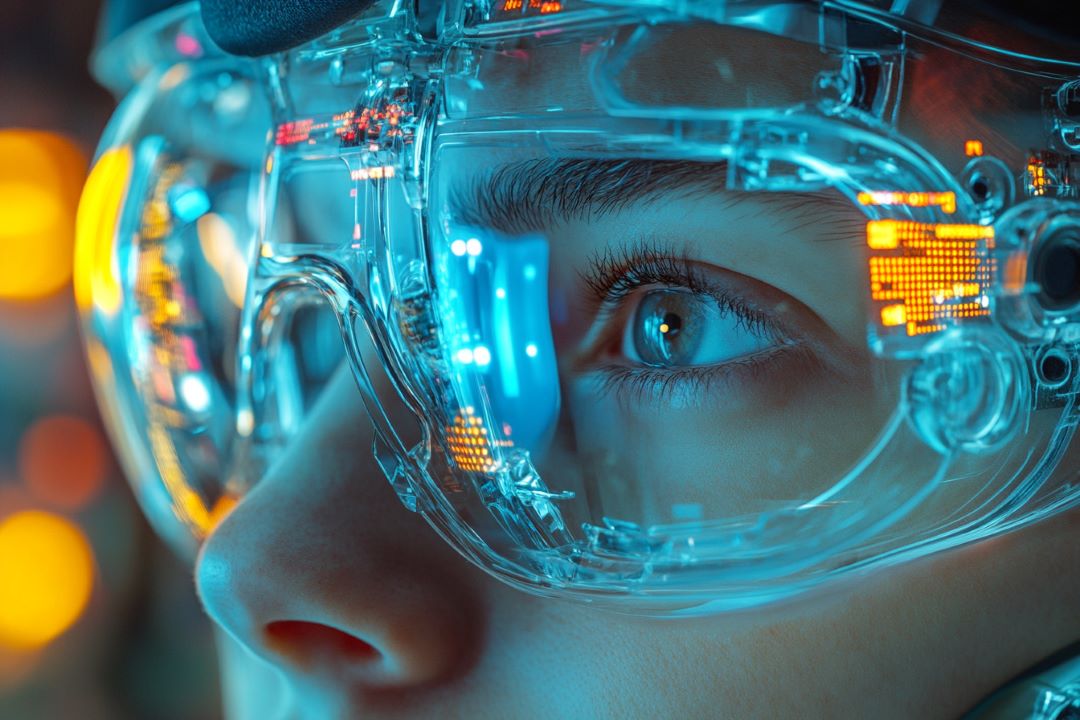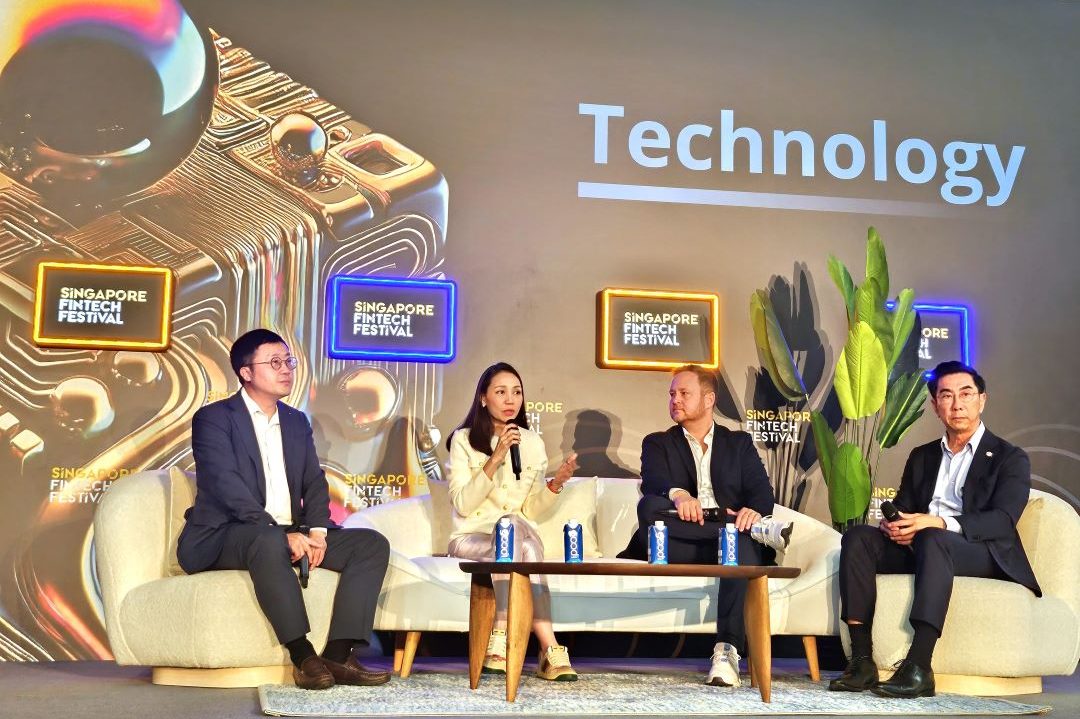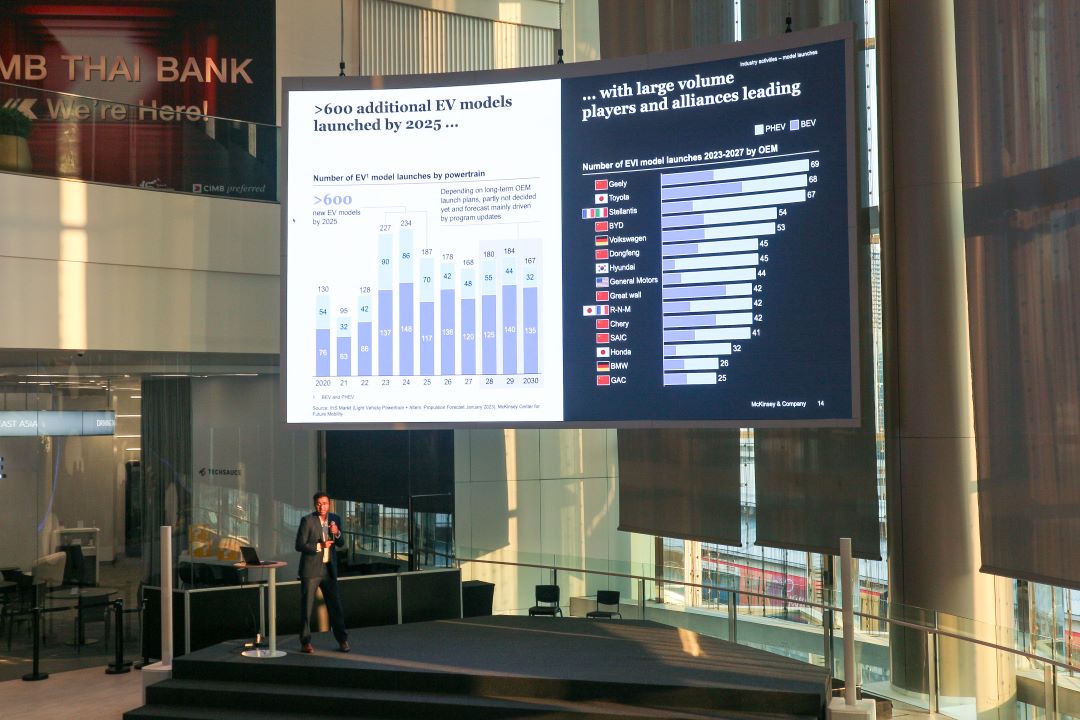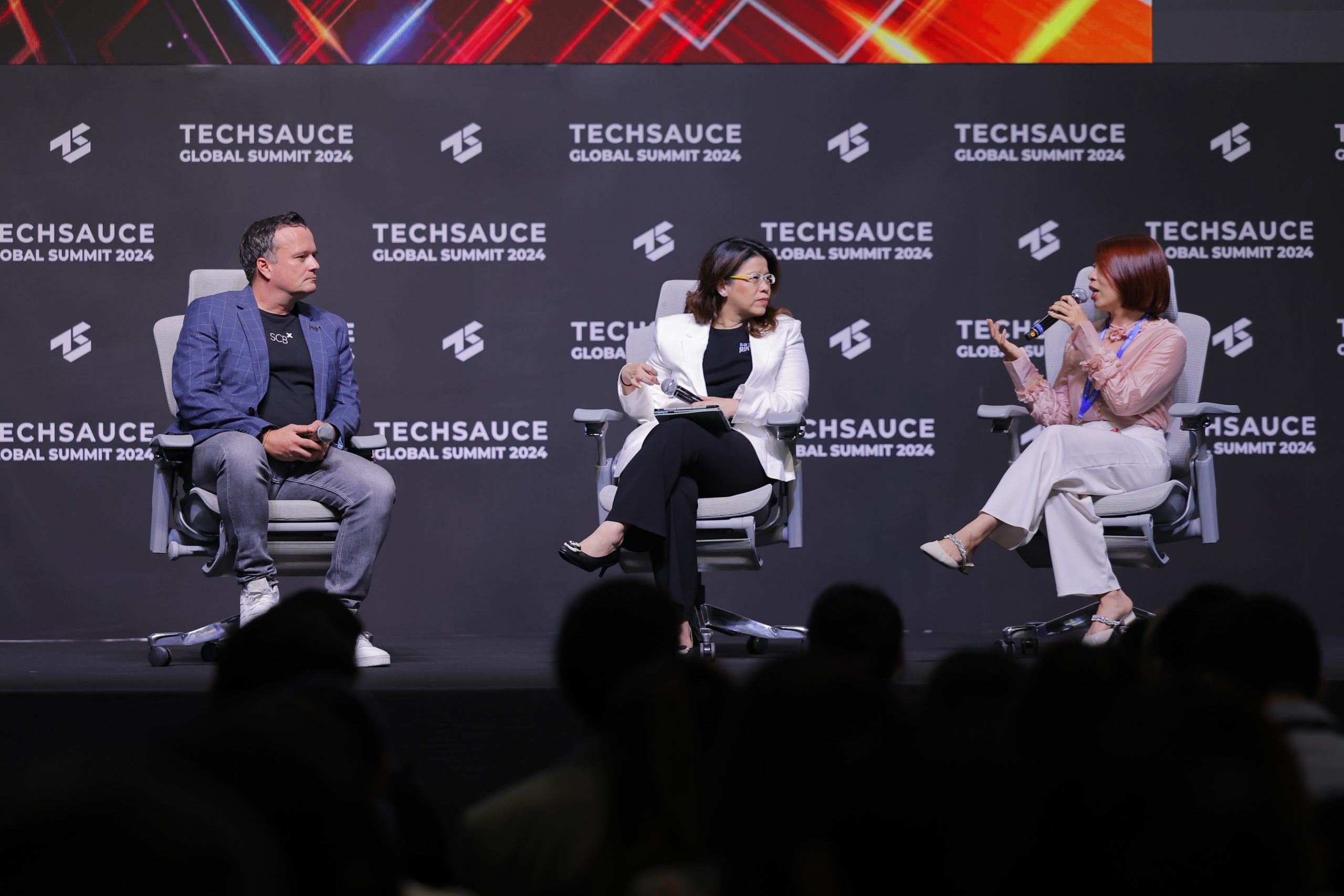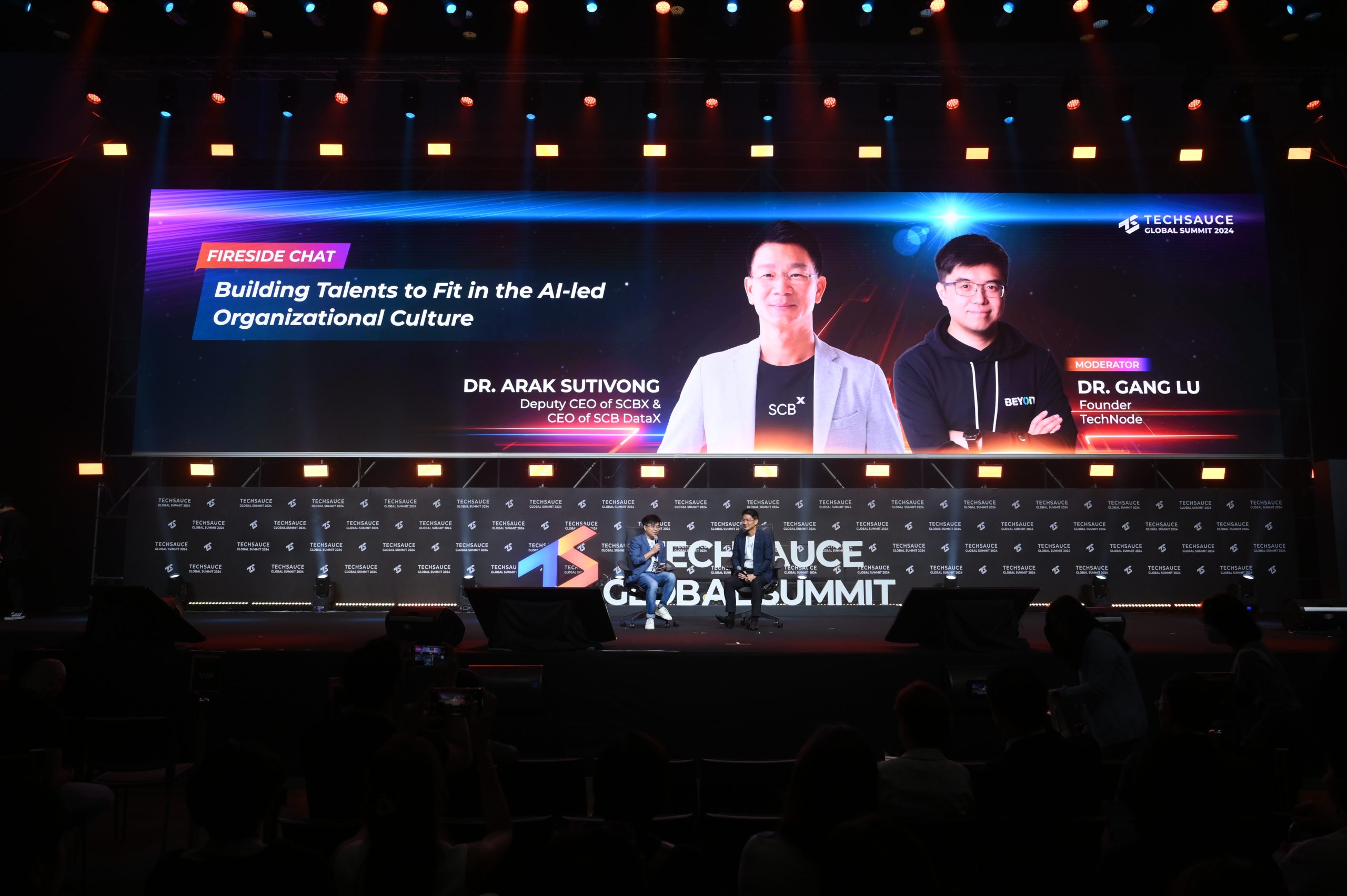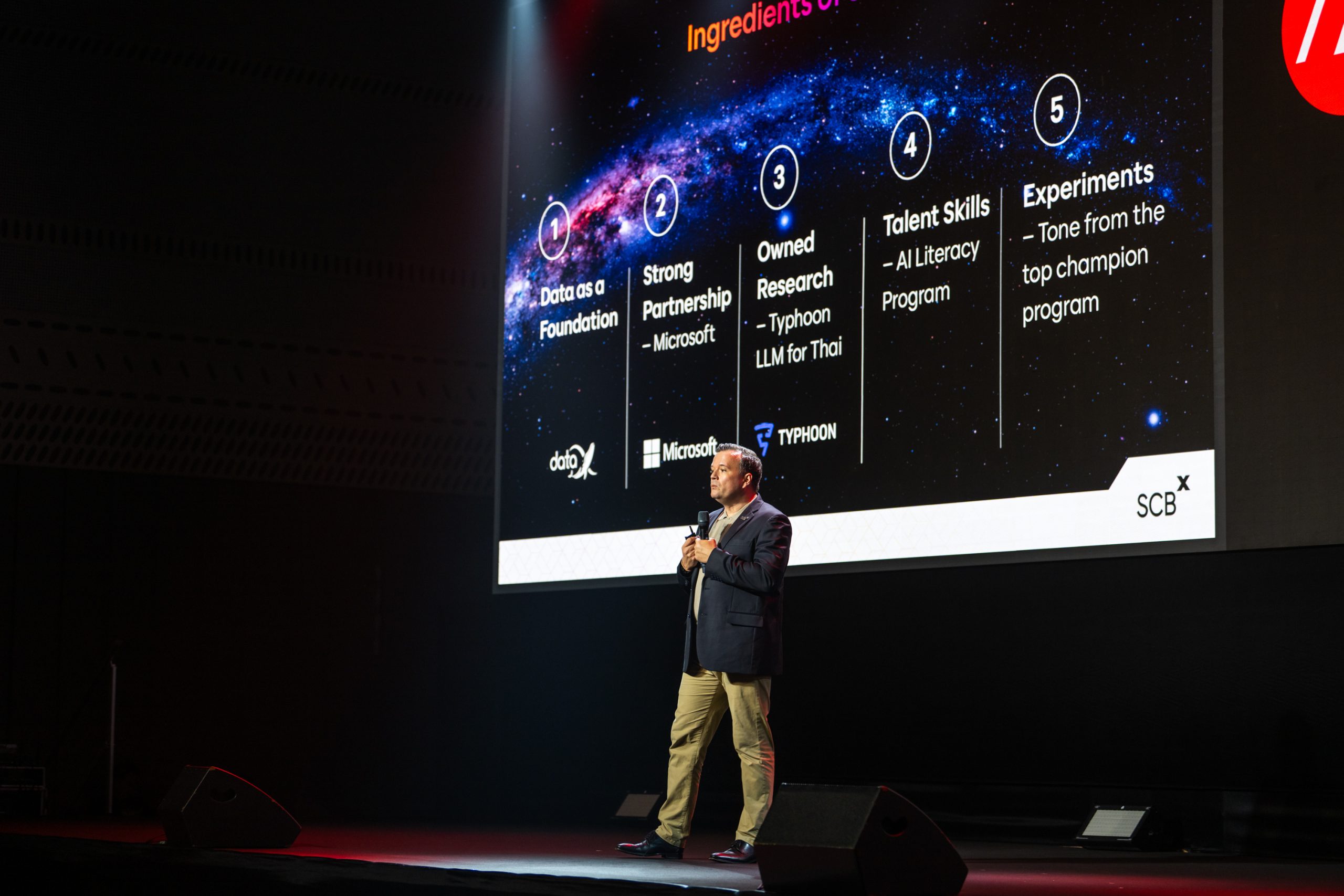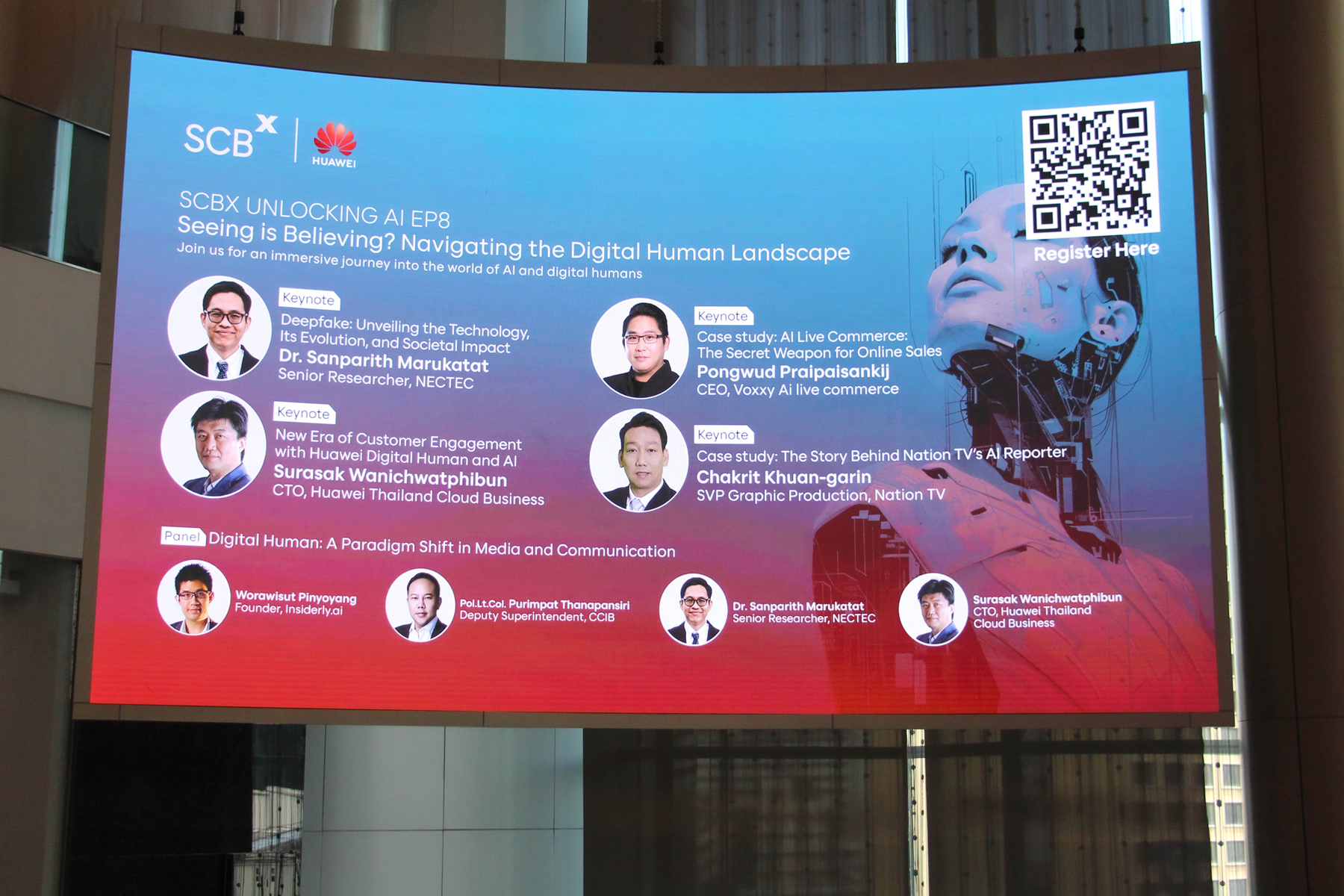Your Weekly Dose of Bite-Sized Updates!
Stay ahead in the fast-moving world of technology with quick, easy-to-digest updates. From the latest gadgets and AI breakthroughs to cybersecurity alerts and software trends, we bring you the most important tech news. Just the key insights you need to stay informed.
Read the trending topics for this week below:
OpenAI to Release an Open-Weight AI Model This Summer

Sam Altman, CEO of OpenAI, announced that the company will release an open-weight AI model in the coming months. This move follows the growing popularity of open-weight models like DeepSeek’s R1 and Meta’s Llama. OpenAI has been considering this shift for a while, but now sees it as essential.
Unlike OpenAI’s current cloud-based models, open-weight models can be downloaded, modified, and run on personal hardware, making them cost-effective and customizable for sensitive use cases. However, OpenAI emphasizes safety and will conduct rigorous testing to prevent misuse.
The company has also invited developers to apply for early access to the new model and will host events showcasing early prototypes in the coming weeks.
‘https://www.wired.com/story/openai-sam-altman-announce-open-source-model
OpenAI’s AI Image Generator Sparks Copyright Concerns
OpenAI’s latest AI image generator, part of GPT-4o, has gone viral by recreating images in the style of Studio Ghibli. Social media is now flooded with AI-generated versions of Elon Musk, Donald Trump, and Lord of the Rings characters in Ghibli’s signature aesthetic. However, this raises legal questions about whether AI models are trained on copyrighted works without permission.
While copyright law does not explicitly protect artistic style, legal experts argue that AI companies may be using copyrighted materials to train their models, which could lead to lawsuits. OpenAI states that while its models avoid copying the style of individual artists, they can mimic broader studio aesthetics. The debate continues as courts determine whether AI training methods fall under fair use.
Despite legal uncertainties, AI image generation is becoming increasingly popular, with OpenAI and Google experiencing high demand for their tools.
‘https://techcrunch.com/2025/03/26/openais-viral-studio-ghibli-moment-highlights-ai-copyright-concerns

Anthropic Unveils the ‘AI Foundation’ of Claude

Anthropic has shared deeper insights into the inner workings of its advanced language model, Claude 3.5 Haiku. Their research focuses on understanding how AI processes information, plans ahead in creative tasks, and handles reasoning.
Key findings include:
- Multilingual understanding – Claude appears to have a shared conceptual foundation that allows it to transfer knowledge across languages.
- Creative planning – Instead of generating text sequentially, Claude anticipates future words in tasks like poetry writing.
- Reasoning fidelity – The model can sometimes generate misleading but plausible-sounding explanations.
- Mathematical processing – It balances approximate and precise methods in calculations.
- Hallucination mechanisms – Claude typically refuses to answer when uncertain, but errors can occur due to misidentification of “known entities.”
- Vulnerability to jailbreaks – Maintaining grammatical coherence can make the model susceptible to manipulation.
Anthropic emphasizes the importance of AI interpretability to build more transparent and trustworthy AI systems.
‘https://www.artificialintelligence-news.com/news/anthropic-provides-insights-ai-biology-of-claude/
Meta’s CTO: Who Has the AI Advantage?
Andrew Bosworth, Meta’s CTO, believes that legacy tech companies may not dominate the AI race. In a recent podcast, he highlighted that while Microsoft is well-positioned, Google faces a major challenge due to its reliance on ad revenue.

Bosworth noted that AI offers Meta and Microsoft a clear advantage because their products naturally improve with AI integration. Microsoft benefits from AI-enhanced Office products, while Meta’s AI-driven innovations improve user experiences across its platforms.
Google, on the other hand, must navigate a “business model challenge” as AI threatens its highly profitable ad business. Despite Google’s strong technology, this internal conflict could hinder its progress.
Meta continues to invest heavily in AI, with plans to spend over $60 billion this year. Bosworth emphasized that Meta’s open-source AI model, Llama, helps startups innovate and contributes to the broader AI ecosystem. He also suggested that the AI industry is open to new players who could bring disruptive technologies to the market.
Quantum Computing: A Cross-Industry Revolution
Maya Netser, Managing Partner at Qbeat Ventures, described quantum computing as a revolutionary technology distinct from classical computing. Unlike traditional computers that use bits (0s and 1s), quantum computers use qubits, which can be both 0 and 1 simultaneously. This allows quantum computers to solve previously impossible problems rather than simply being “faster” than classical computers.
Netser spoke at the *Mind The Tech* conference in New York, emphasizing that quantum technology is rapidly growing, with quantum stocks surging over 1,000% in the past year. She highlighted its potential to transform multiple industries, including chemistry, drug discovery, mobility, and finance.
Qbeat Ventures, a newly established fund focused on early-stage quantum technology investments in the EMEA region, aims to be a part of this cross-industry revolution. Netser concluded by stating that quantum computing will help tackle major global challenges.
‘https://www.calcalistech.com/ctechnews/article/hkaxxuu6jg
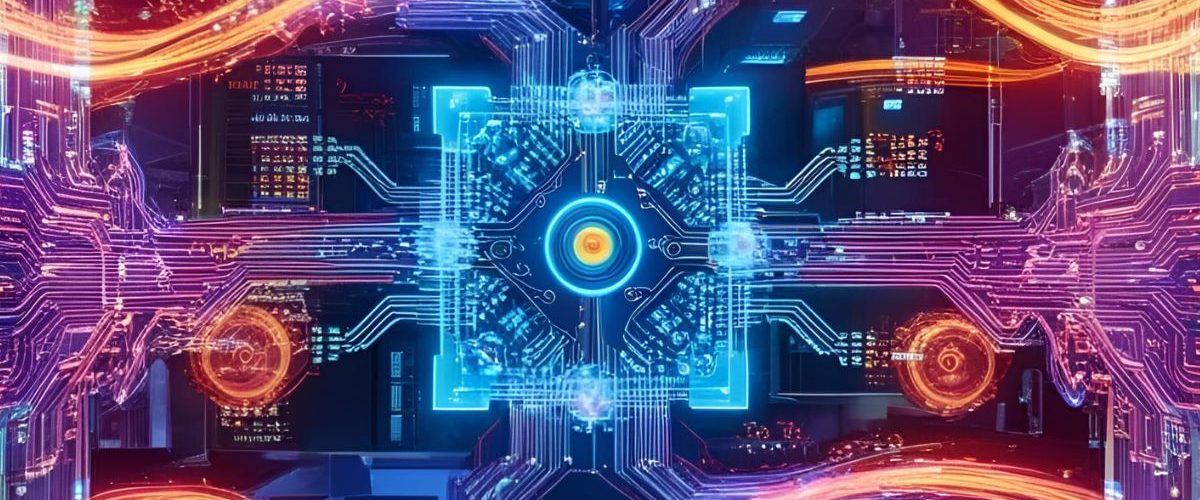
Beyond Encryption: Quantum Computing’s True Potential
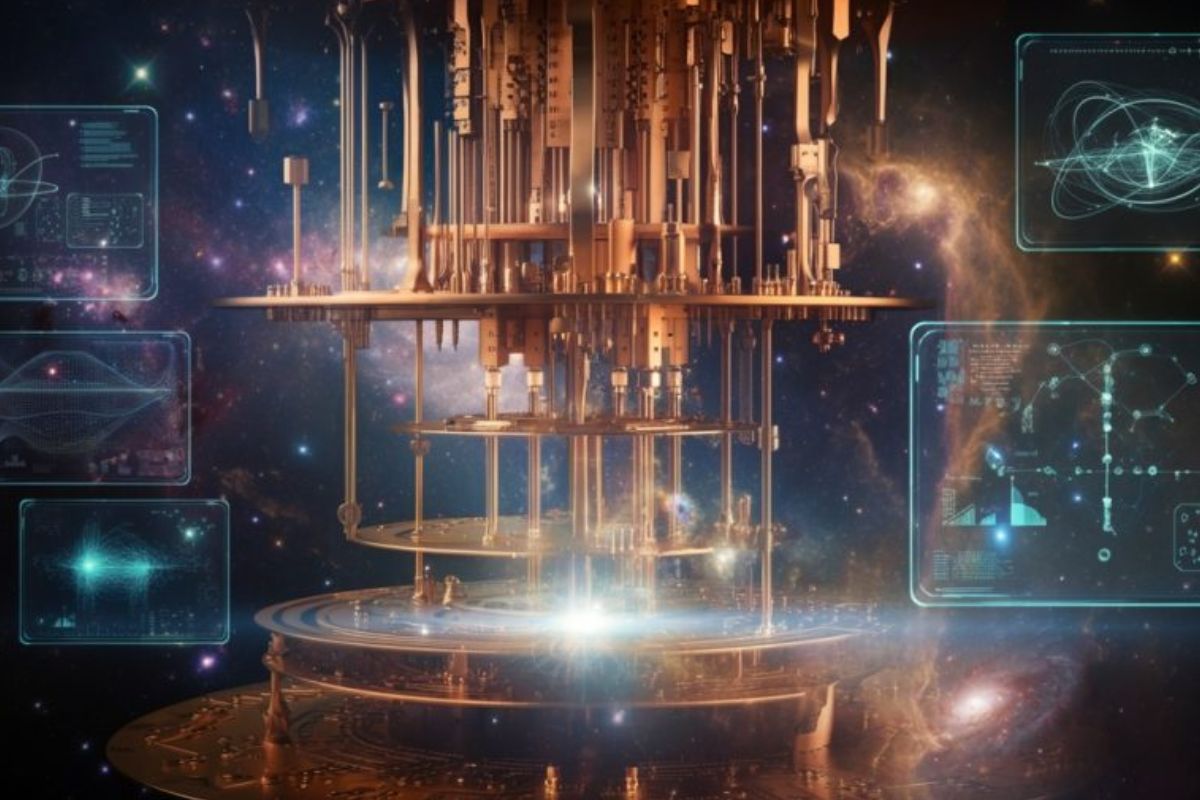
While quantum computing is often portrayed as a cybersecurity threat, its biggest impact is likely to be in scientific advancements rather than breaking encryption.
The U.S. National Institute of Standards and Technology (NIST) has introduced new post-quantum encryption standards to prepare for the future, but experts argue that fears of mass decryption are overblown. Despite the potential for quantum computers to crack encryption faster than classical computers, their high cost and energy demands mean they will likely be used for more critical applications, such as:
- Drug Discovery & Healthcare: Accelerating the development of new medicines and treatments.
- Advanced Materials & Catalysts: Creating stronger, lighter materials and improving chemical processes.
- Space Exploration: Enhancing trajectory calculations for more efficient space travel.
The article compares the fears surrounding quantum decryption to past concerns about electron microscopes retrieving deleted data—a threat that turned out to be impractical. Similarly, while quantum computers could break encryption, nation-states and large corporations are more likely to use them for groundbreaking research rather than mass surveillance.
‘https://venturebeat.com/security/beyond-encryption-why-quantum-computing-might-be-more-of-a-science-boom-than-a-cybersecurity-bust/
AI Index 2024: AI’s Growing Impact on Society and Business
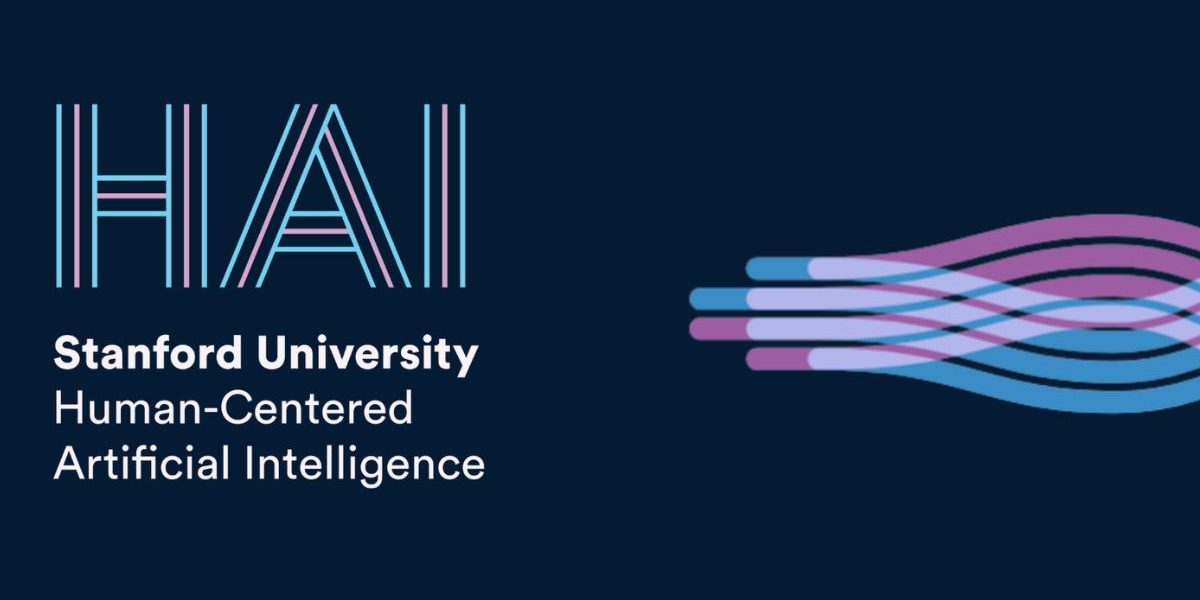
The Stanford AI Index 2024 reveals the rapid rise of artificial intelligence across industries, with significant strides in performance and adoption. AI continues to transform sectors like healthcare, transportation, and business.
Key highlights include:
- AI Performance Soars: AI systems saw massive improvements in benchmarks, with performance up by as much as 67% on new tests.
- AI in Daily Life: From FDA-approved AI medical devices to widespread autonomous cars, AI is becoming an integral part of daily life.
- Record Business Investment: U.S. private AI investment reached $109.1 billion, with 78% of organizations using AI in their operations in 2024.
- China Closing the Gap: While the U.S. leads in AI model production, China is rapidly catching up in performance and innovation.
- AI Regulation and Responsibility: Governments are stepping up efforts to regulate AI, with global cooperation on AI governance increasing.
- Global Optimism and Access Challenges: Public sentiment about AI is positive in many countries, though access to AI education remains uneven, especially in developing regions.
- Industry Innovation: Industry now leads in AI model development, with smaller gaps between top-performing models.
- Government Action: The U.S. introduced 59 AI-related regulations, and global AI legislation rose by 21.3%. Governments are investing heavily, with countries like Canada, China, and France committing billions to AI initiatives.
- Education Expansion: Two-thirds of countries now offer K–12 computer science education, though access remains limited in some regions, particularly in Africa.
- Industry Progress: Nearly 90% of AI models in 2024 came from industry, with the performance gap between top models shrinking, intensifying competition.
- Scientific Impact: AI’s growing influence earned it major scientific awards, including two Nobel Prizes and the Turing Award.
- Reasoning Challenges: While AI excels at tasks like math, it still struggles with complex reasoning, limiting its use in critical applications.
AI’s influence continues to expand, and while its potential is vast, it requires thoughtful regulation to ensure equitable benefits for all.
‘https://hai.stanford.edu/ai-index/2025-ai-index-report
Meta Launches Llama 4: Ushering in a New Era of Open Multimodal AI

Meta today unveiled the Llama 4 family of models, marking a significant leap in AI capabilities. Designed with native multimodality and a focus on openness, Llama 4 introduces state-of-the-art performance in language, vision, and reasoning—while remaining highly efficient and developer-friendly.
Three models were introduced:
- Llama 4 Scout – A 17B active parameter model with 16 experts. It supports an industry-leading 10 million token context window and can run on a single NVIDIA H100 GPU.
- Llama 4 Maverick – With 128 experts, Maverick surpasses GPT-4o and Gemini 2.0 Flash in various benchmarks, delivering exceptional performance in image understanding, reasoning, and multilingual tasks—while using significantly fewer active parameters than its competitors.
- Llama 4 Behemoth (in training) – A massive 288B parameter model serving as a teacher through distillation, outperforming GPT-4.5, Claude 3.7, and Gemini 2.0 Pro in STEM benchmarks.
Llama 4 models are the first in the series to use a Mixture of Experts (MoE) architecture, optimizing training efficiency and inference costs. These models are natively multimodal, capable of processing text, images, and video, and trained on over 30 trillion tokens—more than double Llama 3’s dataset.
‘https://ai.meta.com/blog/llama-4-multimodal-intelligence/
JPMorgan Taps Quantum Computers to Create True Random Numbers – Boosting Future Cybersecurity

New York – JPMorgan has successfully used a quantum computer to generate truly random numbers, a major breakthrough in cybersecurity. Unlike traditional computers that rely on predictable algorithms (pseudo-randomness), quantum computers leverage the inherent unpredictability of quantum mechanics to produce numbers that are genuinely random.
The project, run in partnership with Quantinuum and supported by top research institutions like Argonne and Oak Ridge National Labs, was validated using some of the U.S. Department of Energy’s most powerful supercomputers. The results, published in Nature, show that quantum randomness could offer a stronger foundation for encryption and digital security.
“This is a game-changer,” said Dr. Marco Pistoia, who leads JPMorgan’s tech research team. “We’re now exploring real-world applications for this technology.”
‘https://eladelantado.com/news/jpmorgan-quantum-random-numbers/

